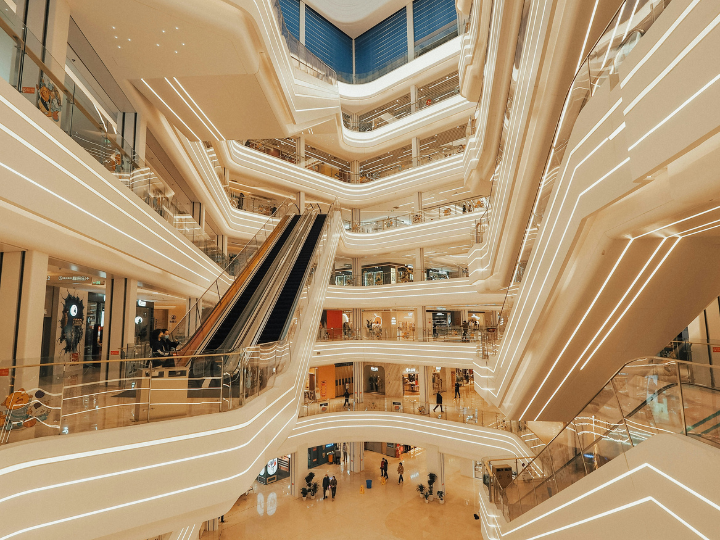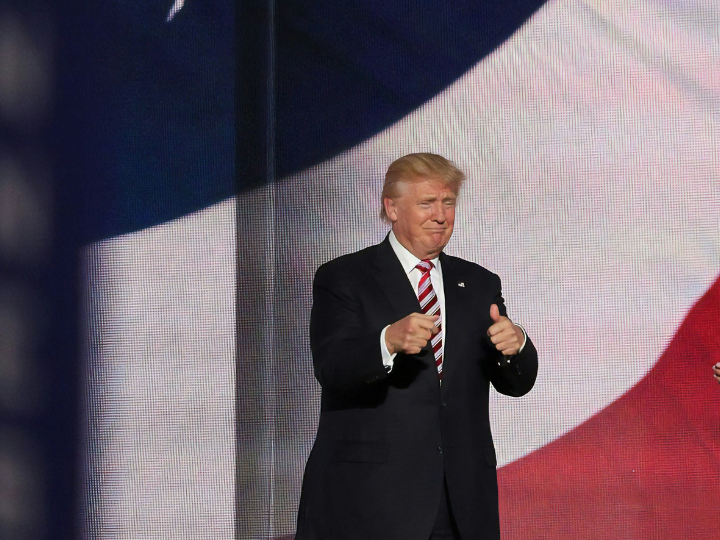by Antonis Zairis*
Retail in the new era is changing its face, spearheaded by the new circular economy and sustainable growth. Fundamental shifts and changes are taking place around us and in rapid time. Distribution channels are being redefined and Companies’ strategies are focusing on the power of the internet and mobile. The contribution of technology is assisting the further development of e-commerce and the utilization of call-centers is entering the agenda of priorities.
The value of the warehouse is maximized as well as its location as ‘just in time’ and ‘delivery’ (fast and timely delivery) are now the dominant criteria for purchasing choices on the part of the Customer.
On the other hand, the consumer remains dominant, "paving the way", shaping developments and influencing the design of strategies. In the newly shaped retail map, experience is leading the way, the omnichannel approach is entering the primary agenda of companies and artificial intelligence (AI) is gaining momentum. Retail parks, outlets and delivery points are evolving as they will experience rapid growth due to the fact that much of the transactions will be done through them.
The combined model of physical and online stores will continue to exist, with a strong presence, with Consumers, especially the Millenials and Z generations visiting storefronts and shop windows enjoying the shopping experience and returning home or to their office to order via their online platform. However, the Consumer shopping profile for physical and online store shopping is differentiated with the impulse element dominating in the physical store while for other product categories of semi-traditional consumer goods e.g. furniture, electricals, white goods they prefer online transactions.
In this combined model of symbiosis, the difficulty of modelling and standardisation of behaviours is based on the high degree of alternating diversity of preferences that characterises consumers in almost every commercial act they perform. Given the impairment of the value of channels in consumer’s "eyes" and instead their focus on the platform and location in a universe simultaneously digital and physical , changes are imposed on Corporate Strategies related to the process of targeting, distribution, selection of "range" of products and organization of performance of functions within the Company.
A nimble business nowadays is one that does things that allow it to be nimble and as a rule it is one that firstly, knows how to discover ways of cooperation and symbiosis with other businesses operating in the field secondly, understands the value of the importance of personal relationships at the level of customer-oriented high grade of service thirdly, is adaptable to the constant changes in the external environment fourthly, knows how to exploit and process useful information concerning the customer and the business and fifth, adopts smart ESG practices, respecting the environment and operating in terms of sustainability for the next day.
Everyone needs to understand that competition is now shifting and moving to the level of functionality and overall service delivery, not just the cost of quality and service.
*Deputy Vice President of SELPE, Assistant Professor, Business Administration-Marketing, Neapolis University, Cyprus, Associate Professor ,Hellenic Mediterranean University, Greece & Member of the Association of American Economists (AEA) and Member of the World Economic Forum




 By: N. Peter Kramer
By: N. Peter Kramer
